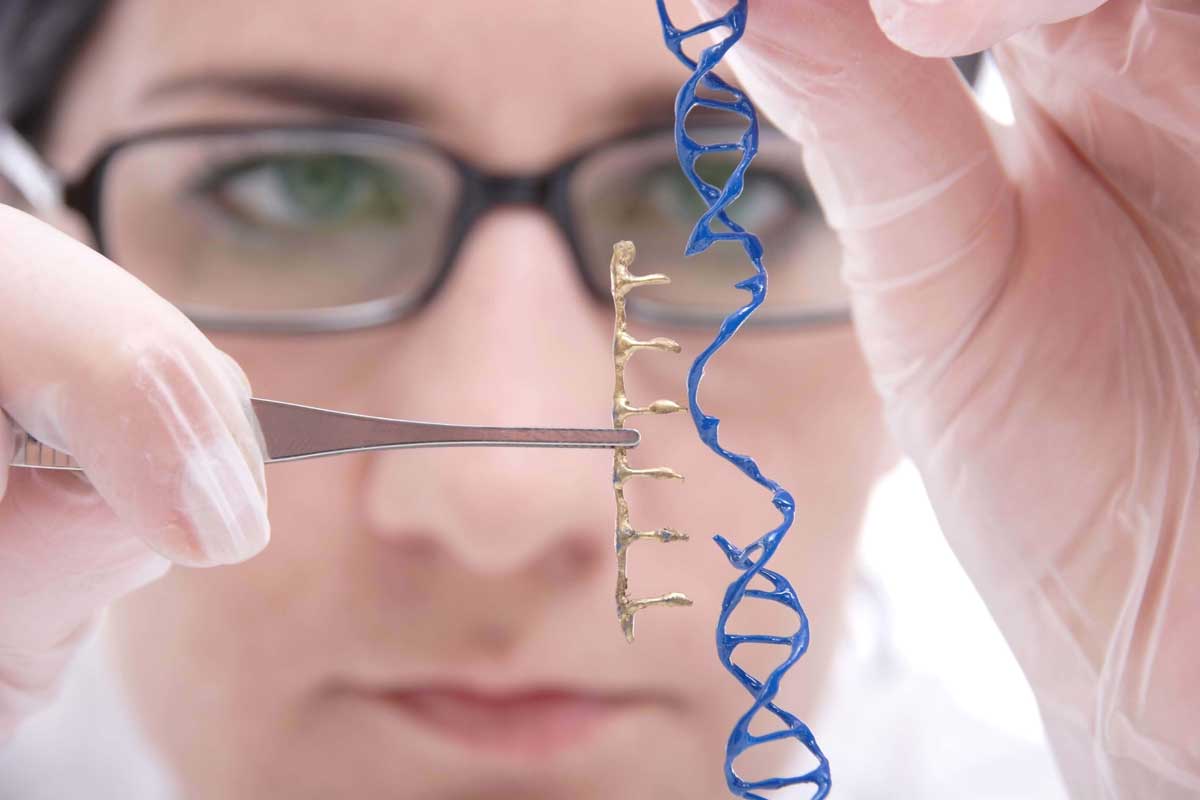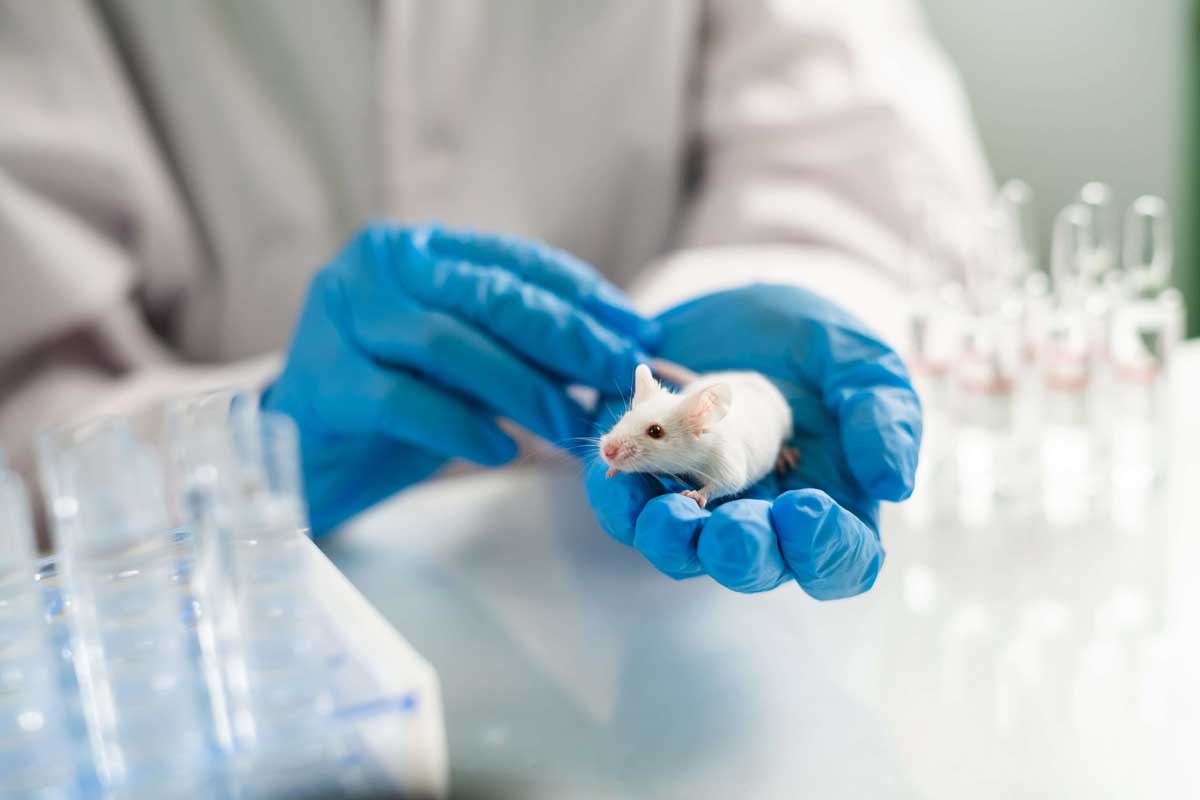How Gene Therapy Works
Gene therapy involves modifying a patient’s own cells to treat or cure a disease. This is done by introducing a new or modified gene into the patient’s cells, which can correct a genetic defect or produce a therapeutic protein. There are two main types of gene therapy: somatic gene therapy and germline gene therapy.
Somatic gene therapy involves modifying cells that are not involved in reproduction, such as skin cells or blood cells. This type of gene therapy is the most common and has been used to treat a variety of diseases, including genetic disorders, certain types of cancer, and autoimmune diseases. Germline gene therapy, on the other hand, involves modifying the genes in reproductive cells, such as sperm or egg cells. This type of gene therapy is still in the experimental stage and is not yet approved for use in humans.
The most common method of gene therapy is to use a virus to deliver the new or modified gene into the patient’s cells. Viruses are ideal for this purpose because they naturally enter cells and can be modified to carry the desired gene. Once the virus enters the patient’s cells, it delivers the new or modified gene, which then produces the therapeutic protein or corrects the genetic defect.
Benefits of Gene Therapy
Gene therapies have the potential to treat and cure a wide range of diseases, including genetic disorders, cancer, and autoimmune diseases. One of the biggest advantages of gene therapy is that it targets the underlying cause of the disease, rather than just treating the symptoms. This means that gene therapy has the potential to provide long-term or even permanent relief from a disease.
Gene therapy also has the advantage of being highly targeted. Because the therapy is delivered directly to the patient’s cells, it can be designed to target only the cells that are affected by the disease. This can minimize side effects and improve the effectiveness of the treatment.
Another advantage of gene therapy is that it can be used in combination with other treatments. For example, gene therapy can be used to sensitize cancer cells to chemotherapy or radiation therapy, making these treatments more effective.
Challenges in Gene Therapy Development
Despite the potential benefits of gene therapy, there are many challenges to overcome in its development. One of the biggest challenges is ensuring the safety and efficacy of the therapy. Because gene therapy involves modifying a patient’s own cells, there is a risk of unintended consequences, such as the development of cancer or an immune response to the therapy.
Another challenge is the cost of gene therapy. Because the therapy is highly targeted and personalized, it can be expensive to produce and administer. This can make it difficult to make the therapy available to everyone who could benefit from it.
Finally, there is still much to learn about the long-term effects of gene therapy. Because the therapy is still a relatively new field, there is limited data on the long-term effects of the therapy. This makes it difficult to assess the risks and benefits of the therapy over the long term.
Regulatory Landscape in India for Gene Therapies
In India, the use of gene therapy is allowed, but it requires approval from the Central Drugs Standard Control Organisation (CDSCO), which is responsible for regulating drugs and medical devices.
To promote the development of safe and effective gene therapy products, the CDSCO issued guidelines in 2019 to establish a regulatory framework for gene therapy. These guidelines aim to standardize gene therapy product development and clinical trials and require long-term follow-up of at least five years for all clinical trials. Additionally, up to 10 years of follow-up is recommended after commercialization to ensure continued safety and efficacy.
To provide expert oversight, the government proposed the creation of an independent body of biomedical and gene therapy experts, called The Gene Therapy and Advisory and Evaluation Committee (GTEAC), in 2019. This committee supervises proposed therapies and provide guidance to ensure they meet safety and ethical standards.
Approval process: Gene and cell therapy products need to obtain regulatory approval from the CDSCO before they can be marketed or used in clinical trials. The approval process involves submission of a detailed application, including preclinical and clinical data, manufacturing and quality control information, and ethical considerations.
The National Ethical Guidelines for Biomedical and Health Research Involving Human Participants applies to all clinical trials involving human participants, including gene therapy trials. These guidelines These guidelines cover aspects such as trial design, patient selection, informed consent, safety monitoring, and reporting of adverse events. These are based on principles to ensure the safety and dignity of human participants, such as the right to privacy and the principle of voluntariness.
Manufacturing and quality control: Gene and cell therapy products need to be manufactured and tested according to the Good Manufacturing Practices (GMP) guidelines issued by the CDSCO. These guidelines cover aspects such as facility design, personnel, equipment, and quality control procedures.
Post-marketing surveillance: Gene and cell therapy products need to be monitored for safety and efficacy after they are approved for marketing. The CDSCO has set up a Pharmacovigilance Program to monitor the safety of drugs and biological products, including gene and cell therapy products.
It is essential that researchers and developers follow these guidelines to ensure that gene therapy trials are conducted ethically and safely.
Ethical Considerations in Gene Therapy
Gene therapy raises a number of ethical considerations, particularly with regard to germline gene therapy. One of the main concerns is the potential for unintended consequences, such as the development of cancer or an immune response to the therapy. Another concern is the potential for the therapy to be used for non-therapeutic purposes, such as enhancing physical or cognitive abilities.
To address these concerns, many countries, including India, have established guidelines and regulations for the use of gene therapy in humans. These guidelines are designed to ensure that gene therapy is used only for therapeutic purposes and that the risks and benefits of the therapy are carefully evaluated.
Future Prospects for Gene Therapies in India
The future of gene therapies in India is bright. India has a large and growing biotechnology industry, with many companies and research institutions dedicated to the development of gene therapy. In addition, the Indian government has been supportive of the biotechnology industry, providing funding and incentives for research and development.
One area of particular interest is the development of gene therapy for rare diseases. Because these diseases affect a relatively small number of people, they have historically been overlooked by the pharmaceutical industry. However, gene therapy has the potential to provide a targeted and effective treatment for these diseases.
Conclusion and Key Takeaways
Gene-modified cell therapies have the potential to revolutionize the treatment of a wide range of diseases. However, there are many challenges to overcome in the development and regulation of these therapies. In India, the regulatory landscape for gene-modified cell therapies is governed by the DBT and the ICMR, and researchers must comply with their guidelines and obtain approval from the DCGI and the IEC to conduct clinical trials.
Despite the challenges, the future of gene-modified cell therapies in India is bright. The growing biotechnology industry and government support for research and development provide a strong foundation for the continued development of these therapies. In the coming years, we can expect to see significant advances in the development and use of gene therapy in India.
FDA approved Gene therapies till date 2022

If you are interested in learning more about how we can assist you in leading the way in biotech, pharma, or healthcare research and development, please do not hesitate to contact us at info@gvrp.in.








